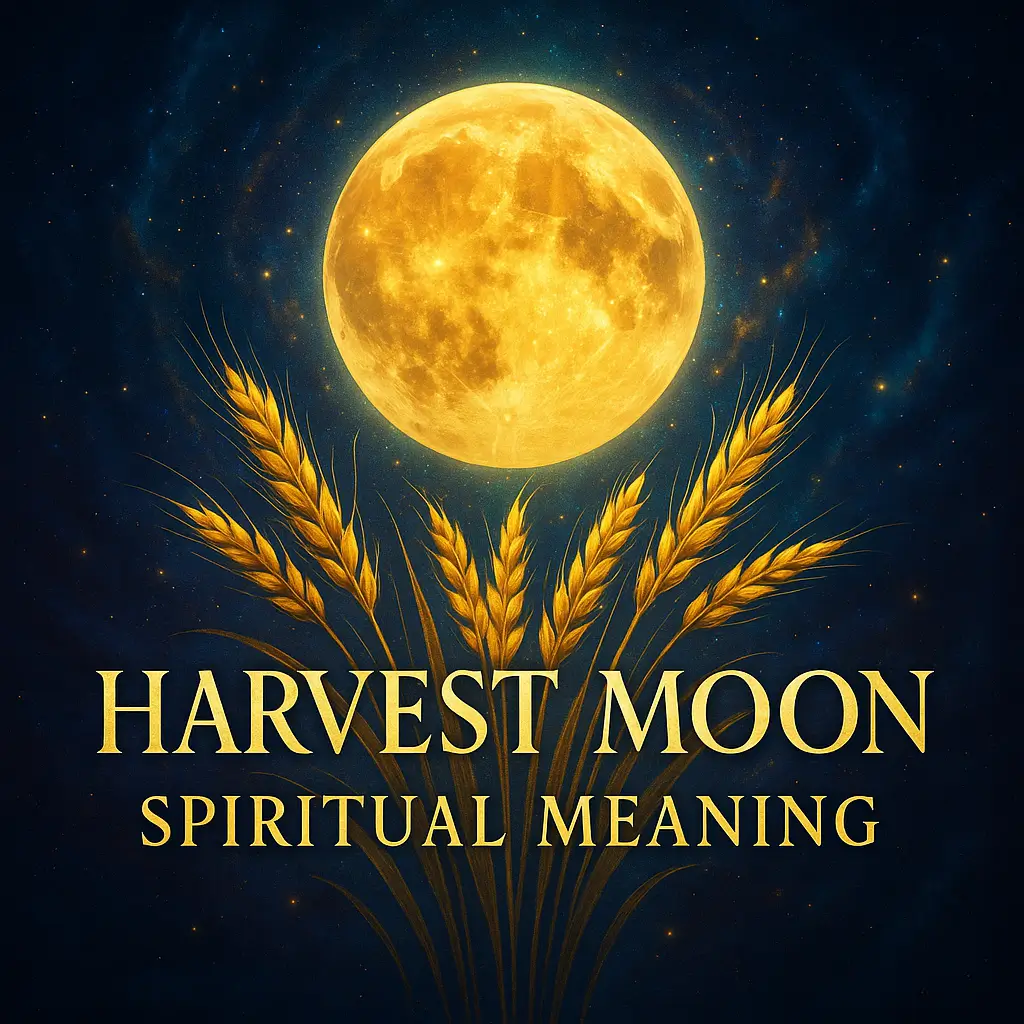Since humanity’s earliest days, we have looked to the skies with wonder, finding profound meaning in the creatures that traverse both heaven and earth. Bird symbolism history stretches back to the dawn of human consciousness, appearing in cave paintings dating to 16,000 BCE, where our ancestors captured not just the physical form of birds but the spiritual essence they represented. These winged beings—crossing boundaries between earth and sky—naturally became messengers of the divine, carriers of souls, and emblems of transformation across cultures.
From the falcon-headed Egyptian god Horus to the dove of peace in Biblical narratives, birds have consistently represented our deepest spiritual yearnings and highest aspirations. They appear in our myths, sacred texts, and personal dreams as timeless guides, connecting the mundane and the transcendent in ways that continue to resonate across millennia.
Table of Contents
- 1 Key Takeaways
- 2 The Ancient Origins of Bird Symbolism
- 3 Birds as Messengers in World Religions
- 4 Indigenous and Native Cultural Bird Symbolism
- 5 The Psychological Dimension of Bird Symbols
- 6 Bird Symbolism in Art Through the Ages
- 7 Common Bird Species and Their Historical Meanings
- 8 Practical Applications of Bird Symbolism
- 9 Modern Misconceptions About Bird Symbolism
- 10 Conclusion: The Enduring Flight of Bird Symbolism
- 11 YouTube Video
- 12 FAQ
- 13 Sources
Key Takeaways
- Bird symbolism originated in prehistoric times, with evidence in Paleolithic cave paintings dating back 16,000 years.
- Birds universally represent messengers between worlds because of their unique ability to traverse earth and sky.
- Different species carry distinct symbolic meanings across cultures, with owls representing wisdom, eagles signifying divine power, and ravens embodying transformation.
- Ancient civilizations from Egypt to Greece incorporated birds into their religious iconography as representations of specific deities and spiritual attributes.
- Bird symbolism offers practical applications for modern spiritual practice through meditation techniques, ceremonial rituals, and mindful observation.
The Ancient Origins of Bird Symbolism
The human fascination with birds stretches back to our earliest artistic expressions. In the shadowy depths of the Lascaux Caves in France, our ancestors painted not just hunting scenes but spiritual encounters, including bird figures and bird-human hybrids dating to approximately 16,000 BCE. These primordial images suggest that even then, birds represented something beyond the physical—perhaps early shamanic practices where human consciousness “flew” between realms of existence.
Early humans were keen observers of the natural world, noting how birds predicted weather changes, signaled seasons, and seemed to communicate with unseen forces. Their behavior—from migration patterns to mating rituals—provided templates for understanding cosmic cycles and spiritual truths. Archaeological evidence from diverse cultures shows bird imagery appearing in sacred contexts, from ceremonial burial goods to temple decorations, indicating their elevated status in spiritual hierarchies.
Mesopotamian and Egyptian Bird Symbolism
In the land between the Tigris and Euphrates, the goddess Inanna (later Ishtar) maintained a sacred connection with doves, symbols of divine love and fertility. Meanwhile, along the Nile, Egyptian civilization elevated bird symbolism to remarkable sophistication. The falcon-headed god Horus represented royal power, divine protection, and the sun’s life-giving force. His watchful eyes—one representing the sun, the other the moon—symbolized complete cosmic awareness.
Birds featured prominently in Egyptian funerary practices, with the ba (soul) often depicted as a human-headed bird that could leave the body after death. This soul-bird could travel between worlds, visiting loved ones and eventually reuniting with the ka (life force) in the afterlife. The ibis-headed Thoth, god of wisdom and writing, further demonstrated how birds embodied specific divine attributes in Egyptian cosmology.
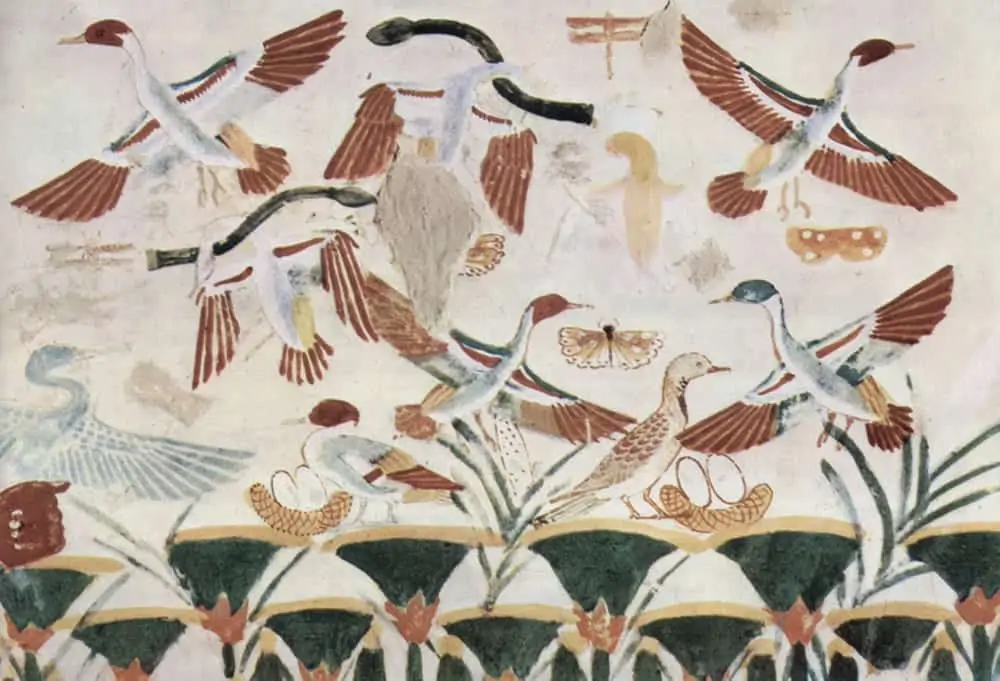
Classical Greek and Roman Interpretations
In Greece, Athena’s companion owl became the quintessential symbol of wisdom, night vision, and hidden knowledge. This association was so strong that the owl appeared on Athenian coins, creating one of history’s most enduring bird symbols. The connection continues today—the owl still represents academic wisdom in university logos worldwide.
Zeus, king of the Greek pantheon, claimed the eagle as his messenger and embodiment. This majestic bird represented divine authority, carrying thunderbolts and serving as an extension of Zeus’s all-seeing presence. The Romans later adopted this symbolism, with imperial eagles becoming potent political symbols of state power.
The phoenix, though not native to Greek lore, found fertile ground in Hellenic thought after being imported from Egyptian concepts of the bennu bird. This mythical creature’s self-immolation and rebirth from ashes became a powerful metaphor for spiritual transformation and renewal that would later influence Christian symbolism.
Birds as Messengers in World Religions
Across diverse faith traditions, birds consistently appear as divine intermediaries—creatures whose physical ability to move between earth and sky made them natural symbols for communication between human and divine realms. Their freedom from earthly constraints through flight became a universal metaphor for spiritual transcendence and the soul’s journey beyond physical limitations.
Birds in Abrahamic Traditions
In the Biblical narrative of Noah’s ark, the dove emerges as a crucial messenger, returning with an olive branch to signal receding floodwaters and divine reconciliation. This simple act established the dove as an enduring symbol of peace, promise, and renewed connection between humanity and the divine.
Christianity further elevated the dove as representation of the Holy Spirit descending at Jesus’s baptism, visually depicting divine presence in a form that could bridge heaven and earth. In Jewish mystical tradition, birds feature in Kabbalistic teachings about the nature of the soul and its ascent through spiritual realms.
Islamic tradition honors birds in various contexts, including the Buraq—the mystical steed with bird-like qualities that carried Prophet Muhammad during his night journey. Sufi poetry frequently employs bird imagery to convey the soul’s longing for union with the divine, most famously in Attar’s “Conference of the Birds.”
Birds in Eastern Spiritual Philosophies
Hindu mythology features the mighty Garuda, half-man and half-eagle, who serves as Lord Vishnu’s mount. This divine bird represents freedom from limitation, victory over serpents (symbolizing earthly attachment), and the swift delivery of spiritual truth. The hamsa (swan) appears in Vedic traditions as a symbol of spiritual discernment—the legendary ability to separate milk from water representing the discrimination between truth and illusion.
In Buddhist iconography, Buddha’s enlightenment is sometimes portrayed with birds singing in celebration, representing nature’s recognition of spiritual awakening. Meanwhile, Persian Sufi tradition reached its pinnacle of bird symbolism in Fariduddin Attar’s “Conference of the Birds,” a masterful allegory where thirty birds undertake a spiritual journey to find their king, the Simurgh, only to discover that they themselves collectively embody the divine presence they seek.
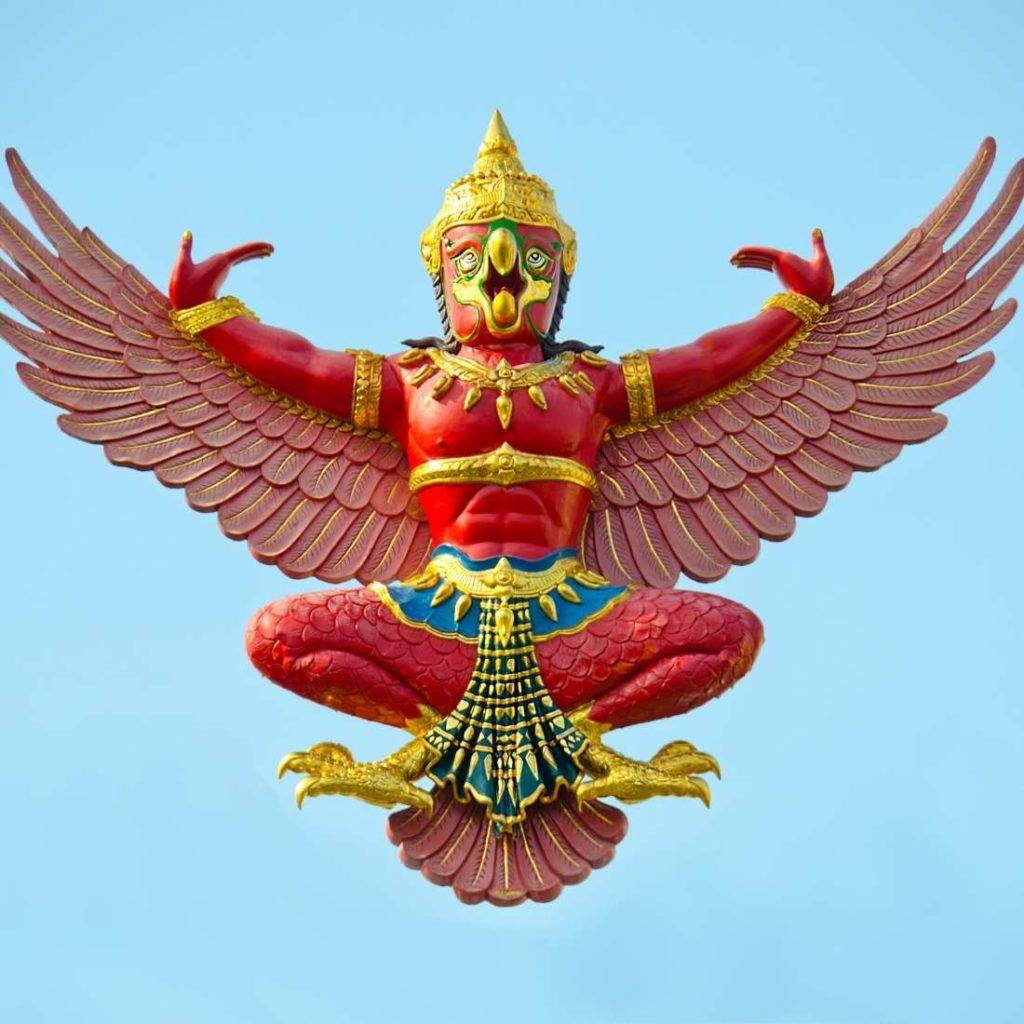
Indigenous and Native Cultural Bird Symbolism
For indigenous peoples worldwide, birds were not merely symbols but active participants in a living cosmology. Their migrations tracked seasonal changes, their behavior predicted weather patterns, and their presence or absence guided hunting and planting decisions. This intimate relationship with avian life fostered rich spiritual traditions where birds served as clan ancestors, spirit guides, and cosmic messengers.
Native American Bird Symbolism
Across Native American cultures, the eagle holds paramount sacred status. Its feathers, carefully collected (never taken from a killed bird), carry prayers to the Great Spirit due to the eagle’s unmatched proximity to the sun and sky powers. Unlike European traditions, which often cast crows and ravens as omens of misfortune, many Native tribes view these intelligent birds as trickster guides and powerful transformative forces.
The thunderbird appears in numerous tribal mythologies as a supernatural being of immense power, capable of creating storms with the beating of its wings. Its importance is reflected in totem poles, ceremonial dress, and origin stories. The complex relationship between humans and birds extends to ceremonial practices, where specific feathers carry distinct spiritual energies appropriate for different rituals and healings.
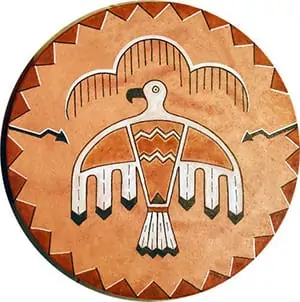
Aboriginal and Pacific Island Bird Traditions
Australian Aboriginal Dreamtime stories feature bird deities who played crucial roles in creating landscape features and establishing social laws. The brolga crane’s elegant dance inspired human ceremonies, while the laughing kookaburra’s distinctive call marked transitions between spiritual worlds.
Throughout Pacific Island cultures, birds feature prominently in creation narratives. In Hawaiian tradition, the ‘alae (moorhen) brought fire to humans, while in Māori mythology, birds assisted the god Tāne in separating earth and sky. These traditions reflect a profound connection between avian life and human spiritual understanding that continues in contemporary cultural practices.
The Psychological Dimension of Bird Symbols
Modern psychology offers new perspectives on why bird symbolism resonates so deeply across cultures and eras. Carl Jung identified birds as powerful archetypes in the collective unconscious—universal symbols that appear consistently in dreams, art, and mythology. Their flight represents the transcendence of earthly concerns, while specific species embody distinct psychological energies.
Birds as Soul Symbols
The connection between birds and the human soul appears with remarkable consistency across disparate cultures. In ancient Egypt, the ba-bird represented the mobile aspect of consciousness that could travel during dreams and after death. Similarly, many Native American traditions describe the soul temporarily taking bird form during vision quests or at life’s end.
This symbolic relationship reflects our deep yearning for spiritual freedom and transcendence of physical limitations. Birds model a liberation from gravity that humans can only achieve metaphorically through spiritual practice, artistic expression, or psychological growth. Their mastery of the air represents the human potential to rise above base concerns into higher consciousness.
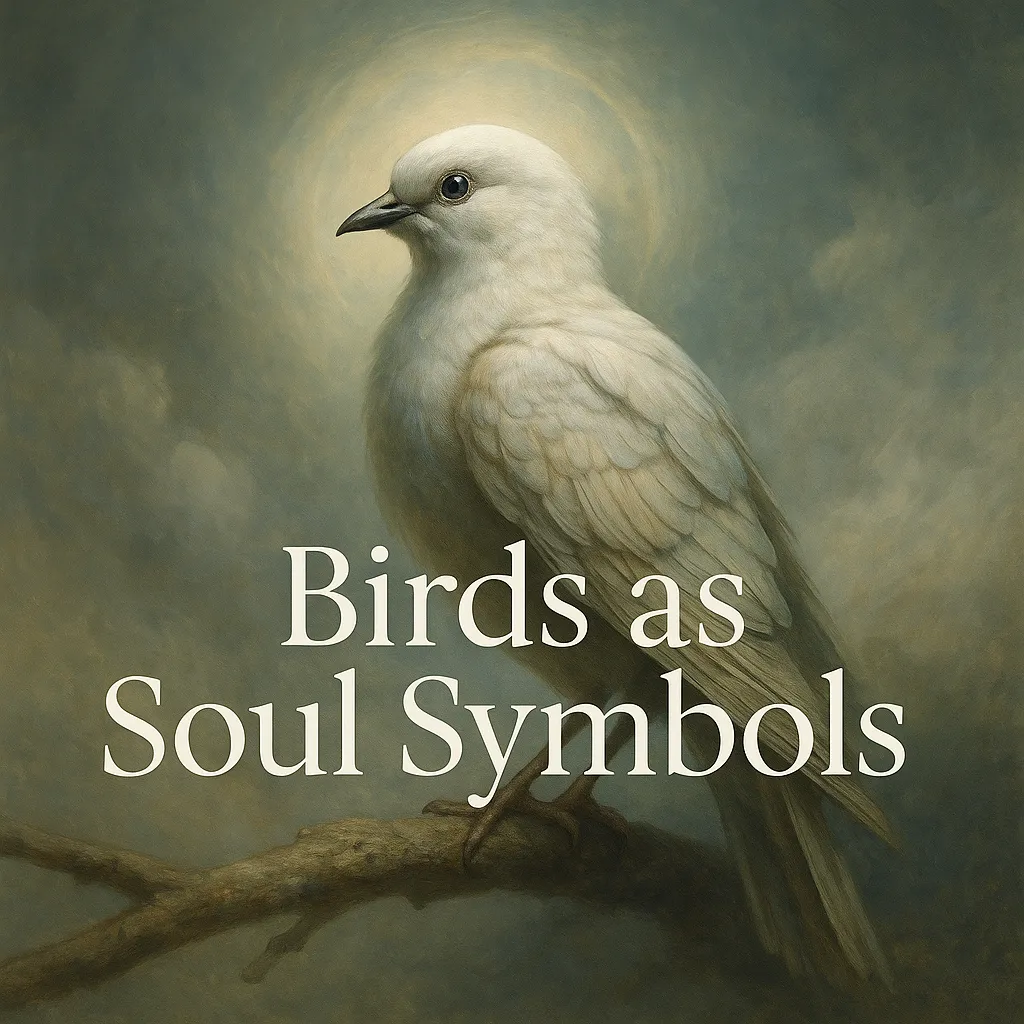
Birds in Dream Interpretation
When birds appear in dreams, they often carry significant psychological messages. Flying birds frequently represent aspirations or thoughts taking wing, while caged birds might symbolize feelings of constraint or untapped potential. Different species carry their cultural associations into the dream realm—an owl might represent wisdom seeking expression, while a peacock could suggest pride or self-display.
Modern dream interpretation encourages personal association rather than rigid symbolic definitions. The specific emotions a dream bird evokes—fear, wonder, peace, excitement—offer clues to its personal meaning. By maintaining a dream journal focused on bird encounters, spiritual seekers can develop a personalized understanding of their own avian dream symbolism.
Bird Symbolism in Art Through the Ages
Artistic representations of birds provide a visual record of their evolving symbolic significance. From prehistoric cave paintings to contemporary installations, birds have offered artists powerful metaphors for spiritual concepts, emotional states, and cultural values. These artistic expressions both reflected and reinforced birds’ special status in human spiritual understanding.
Medieval and Renaissance Bird Imagery
Medieval illuminated manuscripts feature birds as both decorative elements and profound symbols. Bestiaries—illustrated encyclopedias of animals—paired birds with moral lessons and Christian allegories. The pelican, believed to feed its young with its own blood, became a symbol of Christ’s sacrifice, while the goldfinch, which feeds on thistles, represented the Passion and Christ’s crown of thorns.
Renaissance artists expanded these symbolic traditions while incorporating greater naturalistic observation. Dürer’s meticulous bird studies balanced scientific accuracy with symbolic resonance, while Bosch’s fantastical avian creatures in “The Garden of Earthly Delights” embodied both spiritual warnings and psychological insights. These dual meanings allowed birds to function simultaneously as religious symbols and expressions of the emerging humanist worldview.
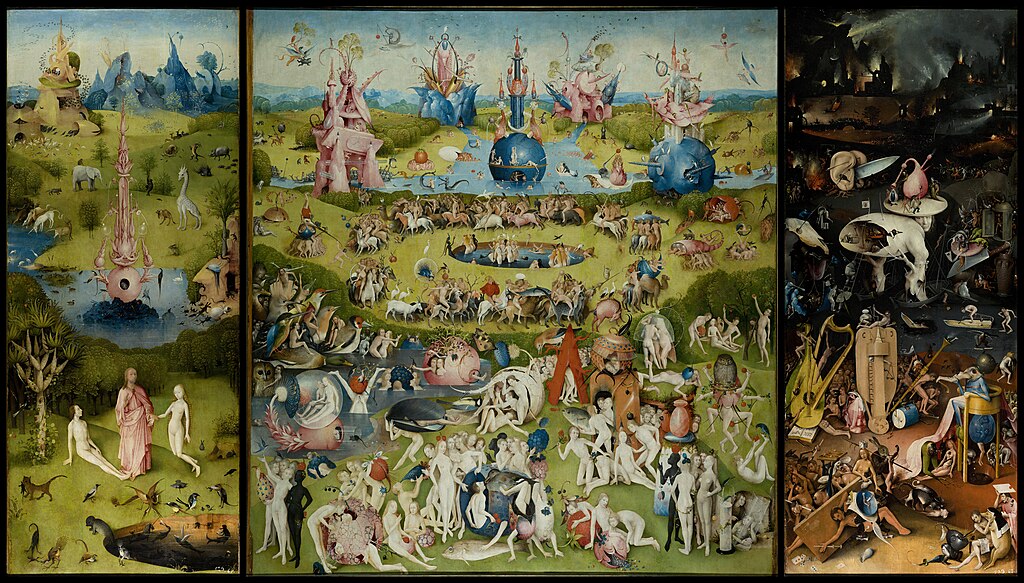
Modern Spiritual Bird Symbolism in Art
Contemporary artists continue to draw on bird symbolism’s rich heritage while adding new dimensions. Frida Kahlo’s self-portraits with birds explored personal identity and freedom, while Marc Chagall’s floating figures and birds expressed mystical Jewish spirituality. Installation artists like Petah Coyne create immersive environments with taxidermied birds to explore themes of mortality and transcendence.
Modern spiritual art has also revitalized traditional bird symbols. The indigenous artist Norval Morrisseau brought thunderbird imagery into contemporary painting, while Japanese-American artists have reinterpreted crane symbolism in exploring cultural identity. These works demonstrate how ancient symbols remain vibrant when reconnected to lived experience and cultural context.
Common Bird Species and Their Historical Meanings
While birds as a category carry powerful symbolic associations, specific species developed distinct symbolic identities across cultures. These meanings evolved through observation of each bird’s unique characteristics, behaviors, and habitats, creating a rich symbolic language that spiritual traditions continue to draw upon.
Owls: Wisdom and Mystery
The owl’s association with wisdom begins with Athena in ancient Greece but appears independently in numerous cultures. Its exceptional night vision became a metaphor for seeing beyond ordinary perception into hidden truths. However, this same ability created more ominous associations in cultures that feared nocturnal predators—in medieval Europe, owls sometimes represented witchcraft or death.
Modern spiritual interpretations recognize this dual nature, viewing owls as symbols of intuitive wisdom that may initially appear frightening because they reveal uncomfortable truths. Their silent flight and penetrating gaze represent the quiet contemplation necessary for accessing deeper knowledge and spiritual insight.
Eagles: Divine Power and Vision
Eagles’ unmatched visual acuity and soaring height established them as symbols of spiritual vision and divine perspective across cultures. Solar deities from Apollo to the Aztec Huitzilopochtli claimed association with eagles for their ability to gaze directly at the sun, representing unmediated access to spiritual truth.
Beyond religious contexts, eagles featured prominently in political and military symbolism. From Roman legions to modern nations, the eagle’s regal power represented state authority and martial strength. Spiritually, eagle medicine offers the ability to balance powerful action with clear-sighted discernment—embodying the integration of heaven’s vision with earth’s pragmatic needs.
Doves and Pigeons: Peace and Spirit
Though biologically nearly identical, cultural distinctions between doves (associated with peace and purity) and pigeons (often considered common or unclean) reveal how symbolic meanings transcend biological reality. Doves’ associations with peace stem from the Noah story but gained reinforcement from their gentle nature and monogamous mating habits.
Christianity’s adoption of the dove as Holy Spirit symbol built on these associations while adding connotations of divine inspiration and spiritual presence. The white dove became particularly potent as a peace symbol during 20th-century anti-war movements, demonstrating how ancient bird symbolism remains adaptable to contemporary spiritual and political needs.
Ravens and Crows: Transformation and Magic
Few birds demonstrate the cultural variability of bird symbolism better than ravens and crows. European traditions often cast these intelligent corvids as omens of death or misfortune, while many indigenous traditions honor them as creator beings, tricksters, and powerful allies in spiritual transformation.
Native American stories tell of Raven stealing light to illuminate the world or bringing water during creation. Norse mythology features Odin’s ravens Huginn and Muninn (Thought and Memory) as extensions of the god’s consciousness. Modern spiritual interpretations synthesize these traditions, viewing corvids as shadow guides who facilitate necessary endings and transformations by revealing hidden truths.
Phoenix: Rebirth and Renewal
Though purely mythical, the phoenix holds perhaps the most universal appeal among bird symbols. Originating in Egyptian concepts of the bennu bird and later adopted by Greek, Roman, and Christian traditions, this self-immolating and self-regenerating creature perfectly encapsulates the spiritual principle of transformation through surrender.
Alchemical traditions adopted the phoenix as a symbol of spiritual transmutation—the necessary death of the ego for rebirth into higher consciousness. Contemporary spiritual practice continues to invoke phoenix energy during times of profound change, offering the promise that what appears to be devastating loss often precedes unexpected renewal and growth.
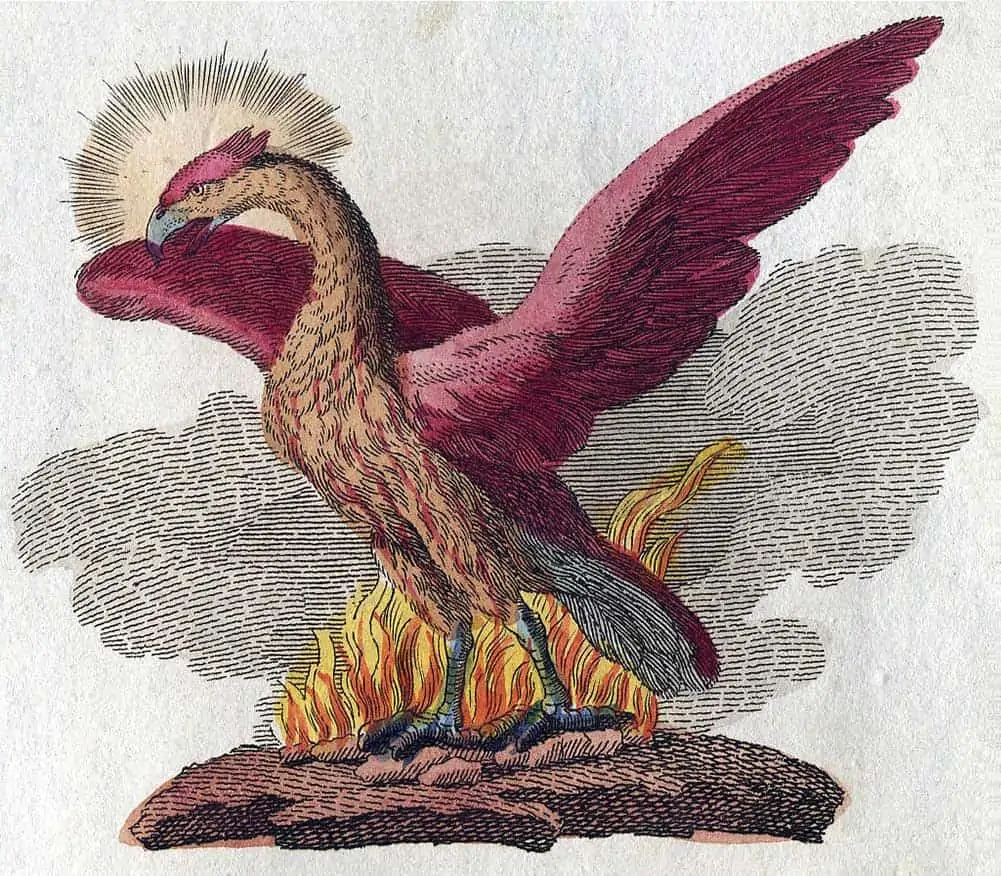
Practical Applications of Bird Symbolism
The rich heritage of bird symbolism offers more than intellectual understanding—it provides practical tools for spiritual growth, emotional healing, and connection with natural wisdom. By thoughtfully incorporating bird symbolism into daily practice, modern seekers can access its transformative potential.
Meditation and Visualization Practices
Feather visualization offers a simple but powerful meditation technique. By holding a found feather (ethically collected, never taken from living birds) and focusing on its associated qualities, practitioners can invoke specific bird energies. Eagle feathers promote clarity and perspective, owl feathers enhance intuition, and dove feathers cultivate inner peace.
Bird-guided journey meditation invites practitioners to visualize a specific bird as a spiritual guide. After entering a meditative state, imagine the chosen bird appearing and follow where it leads through inner landscapes. This practice often reveals surprising insights about personal challenges and potential solutions by accessing intuitive wisdom beyond rational thought.
Rituals and Ceremonies
Feather smudging adapts Native American purification practices using bird feathers to direct sacred smoke around a person or space. While respecting indigenous traditions (eagle feathers are legally restricted to Native American religious use in the United States), practitioners can ethically use naturally shed feathers from other birds for cleansing rituals.
Modern adaptations of traditional ceremonies might include creating bird altars with ethically sourced feathers, images, and objects representing specific bird energies. Some contemporary spiritual communities hold seasonal ceremonies synchronized with bird migration patterns, creating meaningful connections to natural cycles and avian wisdom.
Daily Awareness Practices
Mindful birdwatching transforms a recreational activity into spiritual practice. By observing birds with full attention—noting which species appear, their behaviors, and your emotional responses—ordinary encounters become opportunities for insight and connection. Many practitioners report that specific birds appear at synchronistic moments, offering guidance through their symbolic associations.
Maintaining a bird encounter journal creates a personal reference for bird symbolism. Record not just species and locations but the context of your life when meaningful bird encounters occur. Over time, patterns may emerge that reveal how bird messengers connect to your unique spiritual journey and life challenges.
Modern Misconceptions About Bird Symbolism
As bird symbolism travels through time and across cultures, misunderstandings naturally arise. Contemporary spiritual seekers benefit from examining common misconceptions that may limit their understanding and appreciation of avian spiritual significance.
Overcoming Fear-Based Interpretations
Crows and ravens suffer from particularly negative associations in Western culture, often feared as death omens or harbingers of misfortune. These interpretations typically stem from medieval superstitions rather than substantive spiritual traditions. In reality, these highly intelligent birds feature as creators and wisdom-bringers in many indigenous spiritual systems.
Birds appearing at windows or repeatedly crossing one’s path are frequently misinterpreted as threatening omens. A more balanced approach recognizes such encounters as invitations to heightened awareness rather than predictions of specific outcomes. When we release fear-based interpretations, bird encounters become opportunities for connection rather than sources of anxiety.
Finding Personal Meaning Beyond Stereotypes
While traditional symbolic meanings offer valuable starting points, authentic spiritual connection requires developing personal relationships with bird energies. Rather than rigidly applying universal definitions, notice your unique emotional and intuitive responses to different species. A bird that conventionally represents one quality might consistently evoke different associations for you based on personal history and psychological makeup.
Creating a personalized bird symbolism framework involves meditation, dream work, and attentive observation. As you build a conscious relationship with birds in your environment, their appearances become increasingly meaningful—not through supernatural intervention but through deepened awareness of natural patterns and synchronicities.
Conclusion: The Enduring Flight of Bird Symbolism
The persistence of bird symbolism across millennia and throughout diverse cultures speaks to its profound resonance with the human spirit. From cave walls to cathedral ceilings, from ancient myths to modern meditation practices, birds continue to represent our highest aspirations and deepest spiritual intuitions.
Their symbolic power endures because birds embody paradox—they are both earthbound and sky-dwellers, fragile yet resilient, ephemeral yet cyclically returning. This dual nature mirrors the human condition: we too are creatures of matter with souls that yearn for transcendence. In contemplating birds, we contemplate our own spiritual potential.
As we face contemporary challenges of environmental degradation and spiritual disconnection, bird symbolism offers renewed relevance. When we recognize birds as not just symbols but living embodiments of natural wisdom, we develop stronger motivations for conservation and deeper appreciation for the spiritual dimensions of the natural world.
The next time a bird crosses your path—whether hawk or hummingbird, raven or robin—pause to consider what message it might carry. Not through supernatural agency but through the accumulated wisdom of human tradition and the quiet voice of your own intuition. In that moment of attention, you participate in humanity’s oldest spiritual practice: reading the language of birds to better understand your place in the great mystery of existence.
YouTube Video
FAQ
What is the oldest known bird symbolism in human history?
The oldest documented bird symbolism appears in Paleolithic cave paintings dating back approximately 16,000 BCE, particularly in the Lascaux Caves of France. These early depictions include bird-human hybrid figures that suggest shamanic practices and early spiritual understanding of birds as beings that could cross between worlds.
How did Ancient Egyptians use bird symbolism in their religion?
Ancient Egyptians integrated birds deeply into their religious iconography. The falcon-headed Horus represented divine kingship and protection, while the ibis-headed Thoth embodied wisdom and writing. The ba (one aspect of the soul) was depicted as a human-headed bird that could travel between worlds after death.
What birds symbolize death across different cultures?
Birds associated with death vary across cultures. In Western traditions, ravens, crows, and vultures often symbolize death or foreboding. However, in many Native American traditions, these same birds represent transformation rather than ending. Owls are considered death omens in some cultures but wisdom symbols in others.
How are birds used in Native American spiritual traditions?
Native American traditions honor birds as messengers between worlds. Eagles are particularly sacred, with feathers used in prayer and ceremony to carry messages to the Creator. Many tribes have specific birds as clan totems, while thunderbirds feature prominently in creation stories and as powerful spiritual forces controlling weather.


